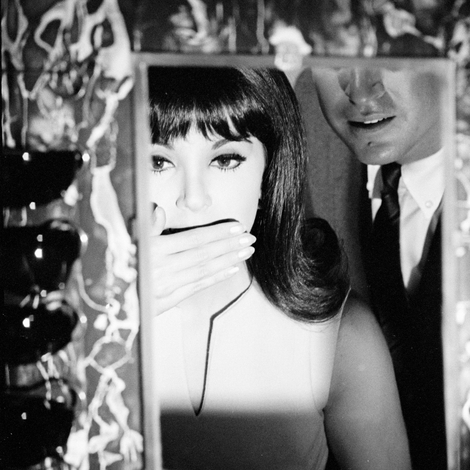When I picked up The Village Voice during the 70s and 80s, it was mainly to read James Wolcott (now an Air Mail colleague), see who was playing at CBGB and the Bottom Line, and check out “Stan Mack’s Real Life Funnies,” the quintessentially New York comic strip that ran from 1974 to 1995 and is collected in an entertaining new time capsule of a book called, appropriately, Stan Mack’s Real Life Funnies.
The premise and the promise—“100% overheard” and “All dialogue guaranteed verbatim”—were true, or true enough, anyway. Mack did his share of casual eavesdropping and stumbling-upon, but he also went out and reported.
Before becoming a cartoonist, Mack had worked as an art director at the New York Herald Tribune and The New York Times Magazine, and he brought that journalistic training to his well-populated strips, capturing the city and its characters with uncanny precision. These were people you knew—sociologically, anthropologically, even literally: you’d be reading an installment and find yourself exclaiming, “Hey, that’s … !”

Mack presented them all with respect and wry humor. The strips could be poignant, but more often they were simply funny. A cop, on duty at the Port Authority on Thanksgiving, says to another cop, “I got news for ya. Under this blue uniform is a big yellow stripe.” At a singles gathering, a woman tells a mustachioed, pipe-smoking man, “You look like Douglas Fairbanks Jr., and also my nephew.” (His response: “I was a middle level jet setter.”) From the Park Avenue Armory antiques show, this exchange:
“We’ve just been admiring the $15,000 price on that weathervane. Why is it so high?”
“It’s a very unusual piece.”
“That takes care of one zero!”
Several years after “Stan Mack’s Real Life Funnies” concluded its Village Voice run, I ended up in a Mack strip. The grisly scenario: kids’ birthday party, ice-skating rink, and, in short order, adults being conveyed to nearby E.R.’s on gurneys. Mack heard about the carnage from a mutual friend, got in touch, and over coffee interviewed me like a seasoned reporter. When the comic appeared (in The New York Times), he had sharpened my quotes, fleshed out the vignette with relevant information from other sources, and been more than kind with his renderings. It was delightful—sure, maybe only 85 percent accurate, but 100 percent fun. Like this book.
George Kalogerakis, a Writer at Large at Air Mail, worked at Spy, Vanity Fair, and The New York Times, where he was deputy op-ed editor. He is a co-author of Spy: The Funny Years and a co-editor of Disunion: A History of the Civil War










